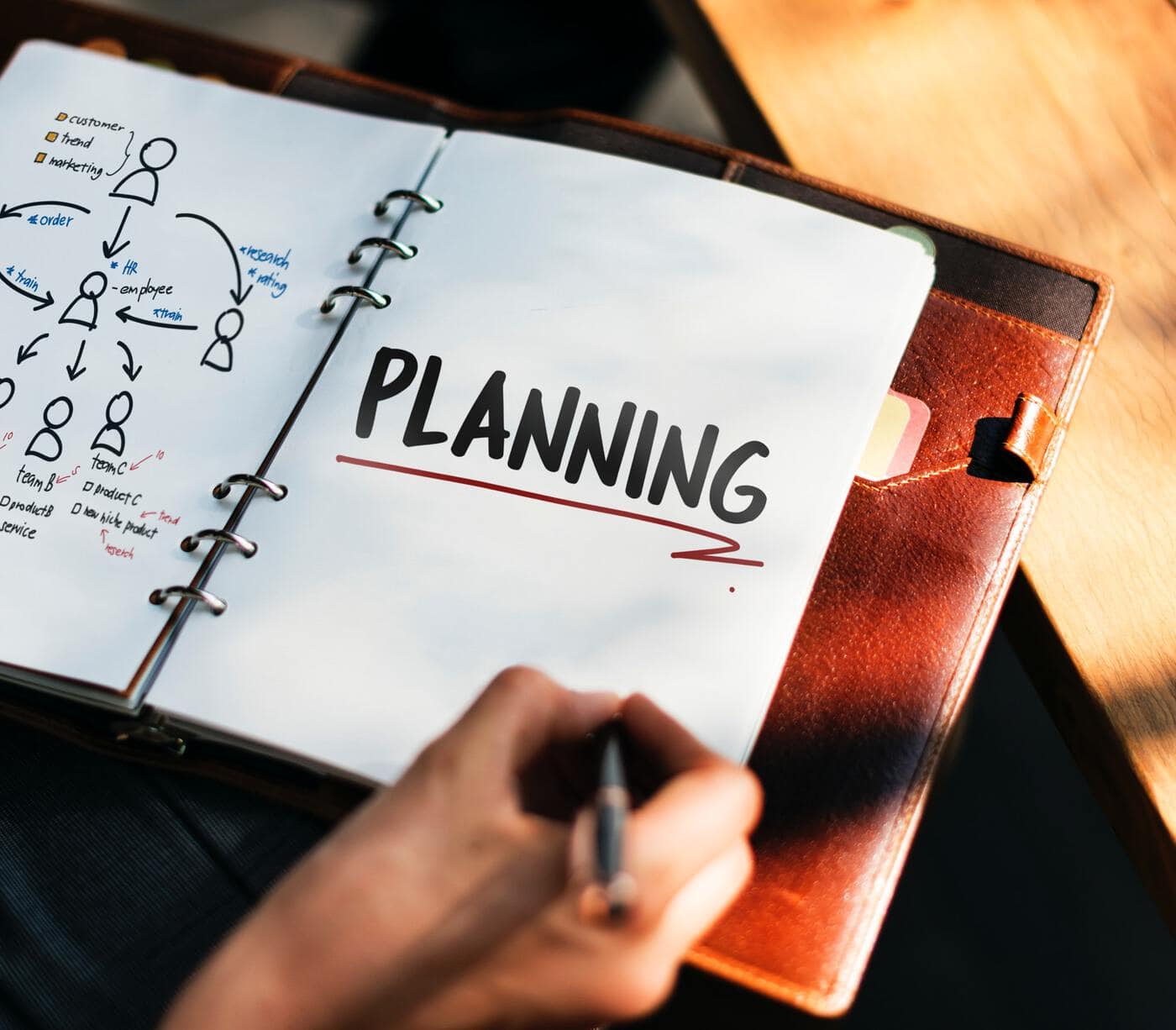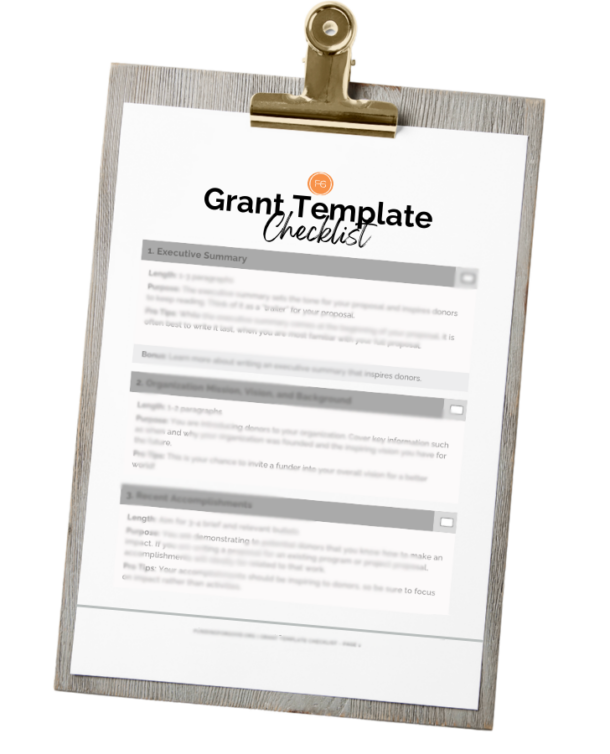I have had the pleasure of wearing many hats in my life. Some of the hats I’ve worn are volunteer, board member, development director, donor, coach, dog mom, business owner, daughter, sister, and wife.
Each of these roles comes with its’ own benefits and challenges, as many of you can confirm.
The one thing they all have in common is ‘the little things’. You might be wondering what that means and how it relates to ‘doable donor relations’.
The little things are all the things we do for others that let them know they are special. Things like letting them know we thought of them, that they help make our day better, help us fulfill our missions, make us smile, and we are simply glad to have them around.
In the nonprofit world, this conversation usually centers around donors. Most of us want to make sure we have donors, retain them and continue to acquire them. Donor relations is how we interact with and engage our donors to help them feel connected with our organization.
Donors come in all shapes and sizes and often come in a variety of segments too. A few segments you may commonly think of are:
- 1st Time Donors
- Loyal Donors
- Major Donors
- Planned Givers
- One-Time-Wonders
- Lapsed Donors
- Monthly Donors
- Corporate Sponsors
- Online Donors
- Scheduled Pledge Donors
- Board Members
This list can go on and on with specific segments based on your organization. I am often asked,” how can we find time to make each donor/donor segment feel special”?
How do we customize our interactions with those we see and serve in our nonprofit life? I’m going to tell you the secret! Keep in mind that not everyone we interact with will be a donor, but anyone can BECOME a donor. Keep that mindset, and you’ll become a year-round fundraising executive in no time. It’s all about doable donor relations.
Planning. Yep, it’s that simple. When I was a Development Director, and even today, in all my current roles, I have to plan. What do I want to do, for whom, when, what’s my budget, etc.
Indeed, I am a planner, so this comes a little more naturally to me than it does for some. Those of you who know me can verify this whole-heartedly. I plan everything and plan far out! Right now, I’m planning into February 2021 for the business and already have our family activities planned through December (as much as possible with COVID, right?). Surprises can be fun, but for the most part, I prefer to know the plan.
How do I do that? I’m going to share some tools that worked for me and were vital to my success as a Development Director. I know Marie used many of these ideas when she was an Executive Director as well! The skills can be used across most relationship-building spectrums. These are called doable donor relations. Marie and I use these all the time in our roles as business owners working with clients, community partners, in online forums, etc.
When I’m ready to have a planning session, I think of the things I need or want to do over a period of a few months, and then I plan to make them possible. Doable donor relations means planning. I always try to send birthday cards, anniversary cards or other milestone notes. I also like to have small gifts on-hand in case an unexpected situation occurs that might call for a” thank-you- in a jiffy.” I make calls to particular people to thank them, encourage them, wish them well or tell them I am thinking of them at a specific time in their life. You might think these things are just ordinary life events. They are, to an extent. But, for me to do them and do them promptly without railroading all my other work, I have to plan ahead.
Here is a small checklist to get started making ‘all the little things’ possible for your doable donor relations planning. Fundraising is all about relationship building. Relationship building is donor relations. In case you didn’t know, donor relations create donor retention and that, my friend, is all about planning.
The very first thing to do is set aside about 2 hours every few months to do a little shopping to stock up for the next few months. This can happen in-person or online. I order a lot on Amazon and other sites I love like Papyrus for nifty note cards. Then I create a list of what I’m going to need. You may be looking at larger purchases for segments of your donors, volunteers, staff, etc. You’ll want to think of the places that will pack the biggest punch for your budget.
For example, every Summer, I set out to find nice boxed holiday cards for my board members (they are donors too) and major donors. They are last year’s cards, but no dates are included, and they are super affordable. I spend a few weeks over the Summer months getting these hand-addressed, often in calligraphy, and then put real stamps on each. After that is complete, I send those cards around the office for handwritten notes from the staff that know the donors and board members. It makes for a memorable card at the holidays, and then I’m not running around in November trying to make this donor touch happen.
- Buy in bulk – Have a box of nice thank you notes on-hand for groups or quick notes you need to jot and get in the mail quickly. When I worked as a Development Director, I would have custom cards printed to use annually and changed the design a few times a year. This way, when someone got multiple cards, they weren’t the same design.
- Buy individualized cards – Have individualized cards that are specific to times in life (births, deaths, expecting baby, new house, birthdays, etc.). Also, be sure to buy some that are specific to people (dog lovers, food lovers, humor, foreign language). Keep a few invitations to lunch or dinner on-hand as well. Having a variety of cards on-hand saves the time of continually going to the card store to buy those custom cards. I love shopping for cards, but I can easily spend an hour or more every visit looking through cards. You can even order cards online and have them shipped to you or get subscriptions to things like Jacque Lawson or Hallmark E-Cards.
- Have real stamps on-hand – Buy a book of forever stamps and a book of postcard stamps so you can make that extra touch without heading to the post office. You’d be surprised how that generic stamp from a machine in an office will make a personal touch seem way less personal. Even when I had postage options in-house, I tried to use real stamps whenever possible. At the holidays, be sure to buy some extra holiday stamps for the following year.
- Have a few thank-you gifts on-hand – When I was little, we had a shelf in a closet at our house where we kept presents. Things we saw and bought to have on-hand for thank-you gifts, birthday gifts for kids I was in school with, unexpected holiday gifts, etc. My dad worked at a large store that had all kinds of cool stuff, so we stocked up a little present shelf and always had neat choices at the ready! I loved this idea, and as I grew up and I do the same thing. Mine is a drawer, not a shelf, but it’s the same concept. I keep things like great little eco-bags that are unisex and environmentally friendly, dog treats and toys, gourmet olive oils and vinegar, wine, hand towels, candles. You get the idea. Things that might be unisex, that I would love as a gift and that I can personalize with a card and a nice bag.
- Have some generic but nice gift wrapping on-hand – Everyone has their own style, and mine is simple. I keep a variety of sizes in brown and white paper craft bags with handles. I also keep white tissue paper and some pretty ribbon handy. These will wrap almost anything. I did the same things when I was working in a nonprofit office. A drawer with some wrap on-hand. It came in handy more than I can say!
- Use pictures – Take advantage of the events your organization has and get photos of groups, donors, volunteers, participants, board and staff. Get those developed, yes, developed. As in a hard copy. Be sure to send those in your cards, holiday cards, etc. It’s a great, easy, cheap way to make someone feel very special. I started doing this when I taught private tennis lessons in high school, and I still do it today. The parents loved it then, and I haven’t met anyone who doesn’t love it now. Pictures have become a rarity, but people still love that hard copy to put in their office, their wallet or in their home.
- Take notes – Depending on your personality, these notes may be mental, or you may need to write them down. Try to take notes and learn what people like. What is your board chair’s favorite candy? What are your co-workers’ favorite flowers, colors or types of movies, etc.? It’s easy to make someone’s day by bringing them a lemon cookie you made over the weekend, but only if you know lemon is their absolute favorite thing in the food world! I worked with a lady just like that. Anything I ever made or bought that was lemon; I would bring her some. She loved it!!! Hand out candy bars at your next staff meeting personally for each staff and make it their favorite. Not only will they love it, but they will learn something about their co-workers. Relationship building can be fun whether it’s with friends, co-workers or donors! Do a little survey on email, or inner office, at a board meeting or just in conversation.
- Call ahead and make someone’s day – If you are heading to a meeting, going to see a client or potential donor, visiting with a volunteer committee or board member, call ahead and ask if you could bring over some coffee from the local shop, etc. The impression will last even if the offer is declined.
- Have a list in your calendar – If you have as many things to remember as I do, bless you, and keep a calendar! I try to keep notes on birthday, special anniversaries, etc. in my calendar, so I don’t forget to send a card, make a call or check-in with someone. I would never remember these things otherwise. Put notes on your phone with contact information such as a birthday or special event that you want to remember.
Getting organized and ready for ‘all the little things’ that make memorable, but doable donor relations, can take some time. Take it one step at a time and make yourself a checklist. What do you want to tackle this month and next month and then hop to it! This is a doable task. Now go do ‘the little things’ and make someone smile today.
This is a list of some very custom ideas for select groups and individuals. There are lots of other ideas for entire segments of your donor list that we will tackle in another post. Things like holiday postcards, newsletters, asks, invitations, thank you notes and more.
Learn more about donor relations from these articles:
20 Days to a Larger Donor Base
8 Strategies to Gain and Retain Donors
7 Donors You Should Be Thinking About
Best of luck as you keep growing for good!


